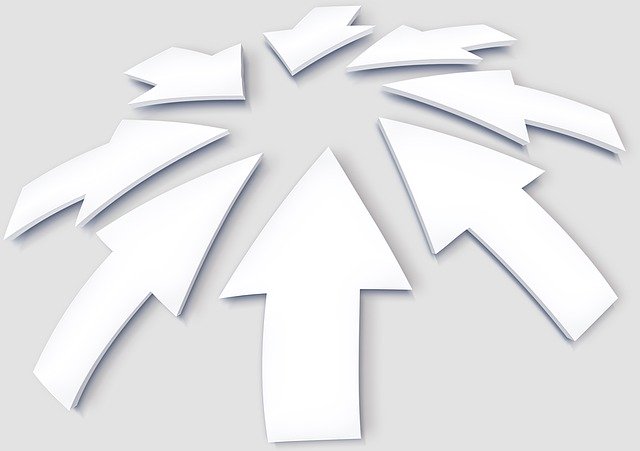Ortrun Zuber-Skerritt and Richard Teare in their edited book, Lifelong Action Learning for Community Development, highlight reflection as core to action learning and lifelong learning. Hospitality entrepreneur and author, Chip Conley is an exemplar of lifelong learning through reflection. In his podcast interview with Tami Simon, he emphasised the role of reflection in his entrepreneurial career. Chip had a secret process of recording his learnings in a weekly bulleted list based on his reflections about the previous week and what he learned from each significant encounter. His reflective Wisdom Books in the form of notebooks were developed over many years and provided the ideas for his five published books on leadership, entrepreneurship, peak organisational performance, psychology and marketing.
Mutual mentoring – the Modern Elder
Chip was the founder and CEO of a chain of boutique hotels, Joie de Vivre. He sold them after 24 years following a near-death experience a few years earlier. This “flatlining” experience was the catalyst for him to think about what he wanted to do with the rest of his life and also changed his orientation from an efficiency-driven “to do list” person to a “to be list” person who was prepared to slow down and appreciate beauty and aesthetics.
He came to a clearer understanding of the difference between intelligence and wisdom and began to repurpose his life around sharing his insights and encouraging people to develop wisdom. Reg Revans, the father of action learning, had also highlighted the difference between cleverness and wisdom and pointed out that wisdom, not cleverness, is necessary when confronted with unfamiliar conditions or situations. For Reg, admitting what we do not know is the starting point for the development of true wisdom.
Acknowledging what he did not know became a critical component of Chip’s new career move after the sale of his boutique hotel chain. He had been approached by the three founders of Airbnb to work fulltime in the company as a mentor and strategic adviser. He found himself as someone in his fifties mentoring people in their twenties. This led to a mutual mentoring arrangement where he shared his knowledge and experience re strategy and marketing in the hospitality industry and gained knowledge from the founders about the digital world and its impact on business management and growth.
Chip wrote his book Wisdom at Work: The Making of a Modern Elder to “share his experience of being both a mentor and an intern”. Jack Welch, when CEO of General Electrics (an action learning-based company), also employed the concept of “mutual mentoring” between senior executives and young technological experts within the company.
The Modern Elder Academy
This experience of mutual mentoring led Chip to establish The Modern Elder Academy to enable people to make the midlife transition in a way that was enriching for themselves and others. Through his personal experience and insight, he recognised that there was an unmet need to help people in midlife to transition to their new reality (whether that be impending retirement, role as a carer, transitioning to a new career or experiencing the onset of chronic illness). He maintained that rituals, training and tools existed for other transitions in life (such as puberty, graduation from school or university or marriage) but not exist for those who were transitioning to the midlife stage (35-70).
The Modern Elder Academy is designed as a “place where people cultivate and harvest their wisdom” and “reset, restore and repurpose” their life. Chip’s academy, described in a Forbes article as a “Cool School for Midlifers”, is very different to any other academy and incorporates learning entirely new skills such as surfing and bread making and incorporates the development of mindfulness through a “silent contemplation park” and periods devoted to meditation, reflection, yoga, “wisdom circles”, appreciating the beauty of nature, and a desert-based vision quest (in the extended version only).
One of the core challenges people experience at the Elder Academy is what Chip terms “midlife edit” – letting go of old beliefs and patterns and acquiring a “growth mindset” where the emphasis is on getting rid of baggage, developing a flexible mindset and focusing on self-improvement and personal growth. Cliff explains that his experience of mutual mentoring led him to adjust his mindset from that of a CEO and industry leader to an “Intern”, to acknowledge that he needed to learn about the digital world of business from millennials and to shift from “being interesting to being interested” – a transition that requires deep listening. Participants who complete the one-week “curriculum” receive a “Certificate in Mindset Management”.
Reflection
We can grow in mindfulness at any stage of our life. However, what Chip offers through the Modern Elder Academy is a structured way of developing mindfulness, processes for changing fixed mindsets and an opportunity to repurpose our midlife in this transition period. The added advantage is the community dimension – making this journey with others and developing a deep sense of connectedness to nature and others (by sharing our common humanity, midlife challenges and growing wisdom).
__________________________________________
Image by Benjamin Balazs from Pixabay
By Ron Passfield – Copyright (Creative Commons license, Attribution–Non Commercial–No Derivatives)
Disclosure: If you purchase a product through this site, I may earn a commission which will help to pay for the site, the associated Meetup group and the resources to support the blog.









